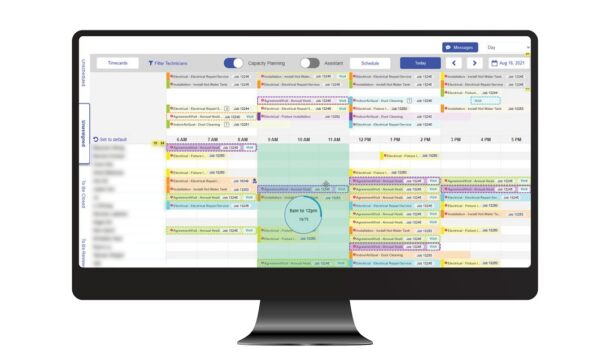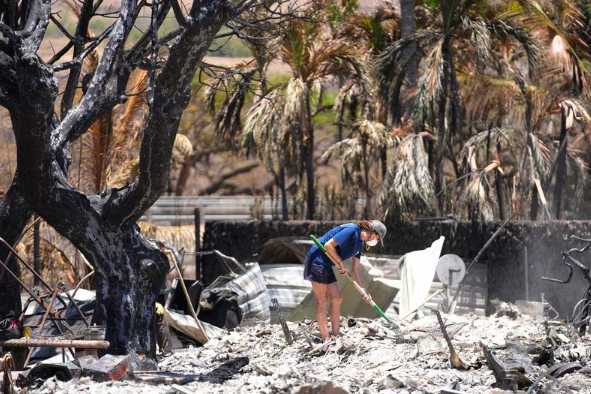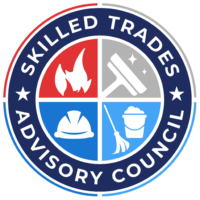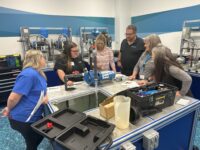Author: Michele Windsor, Vice President of Implementation and Training, Successware There is no doubt artificial intelligence (AI) is getting a lot of attention these days, and home service contractors are asking themselves a lot of questions about how, or even if, to use these tools in their business. Fear or uncertainty of the unknown can
Read more
Author: Michele Windsor, Vice President of Implementation and Training, Successware
There is no doubt artificial intelligence (AI) is getting a lot of attention these days, and home service contractors are asking themselves a lot of questions about how, or even if, to use these tools in their business.
Fear or uncertainty of the unknown can cause us to feel stressed, but using AI to help your business run more efficiently does not need to create tension. These tools can help your team communicate with customers, schedule and dispatch with ease, and even manage and predict inventory needs. Let’s discuss a few examples.
Chatbots for the CSR Win
Customer Service Representatives (CSRs) are our front line and have a lot of responsibility as the one customers talk to first. When they answer the phones, they also have simultaneous tasks to complete such as looking up the customer’s record, active agreements, inventory that needs to be available related to their job schedule, etc.
One of the best examples of how AI tools can help a business – particularly in making the CSRs job go more smoothly – is also one that has been around the longest. Chatbots are everywhere we go online these days, prompting us to engage right off the bat. As technology is getting smarter, there are more and more analytics going into this exchange.
For instance, once you’re connected with a customer online and have their caller ID, AI gives you the ability to link directly to their service record. The chatbot can immediately offer options based on what it’s accessing in that record. What does this mean for the CSR? Time – and customer frustration – saved. The CSR doesn’t have to ask the customer to repeat their history, and they can make more immediate, positive connections, such as thanking them for their years of patronage.
As these chatbots grow smarter with algorithms and analytics and help us access more information, CSRs will see they have more time to address the main, more complex issues for the customer. For instance, AI can provide insight to predict customer trends based on seasonality. CSRs can then seamlessly ask the right questions and make the right decisions, and all the customer has to say is “Yes, thank you very much!”

Smart dispatching and inventory
Smart dispatching is an area in which AI algorithms can really help by recommending best dates and job times based on the customer’s location, service requests, the technician’s skills and their availability on the days the customer is requesting. AI can analyze historical information and identify patterns so much quicker than a human can. While we have to go back and look at several screens and review spreadsheets to figure out what that pattern looks like, AI can do it in seconds.
Also, don’t forget about inventory. AI breaks down seasonal trends and historical data to tell us we have X parts in our warehouse and we have X customers who are going to need this part. Analyzing the trends, AI can tell you you’re going to have X calls coming up in a certain timeframe. With this knowledge, you can have data-driven predictions about when you are going to need those parts before you need them, and you can safely invest in the inventory because the trend data supports it.
Putting AI to Work on Your Website
Many businesses today already have some form of AI on their website, even if it’s just a simple form collecting basic customer and visitor information. Many have business software that goes beyond that to handle the scheduling. Customers can log in and see their job history, scheduled jobs and equipment, and they can decide how they want to move forward. Online scheduling capability is one step forward to getting technicians out the door that much faster.
AI Offers Support, Not Replacement
There’s a lot of conversation in the media and in workplaces around the potential for AI to replace workers, so it’s important for business owners to squash those fears and reservations about embracing the technology. Communicate with employees, especially CSRs, that incorporating AI capabilities into their workflow will offer them a new level of support. They will be able to schedule more jobs and get off the phone quicker so they can go to the next job. For those on commission, that should be music to their ears. And for the company as a whole, it’s going to make everyone better.
Find The Balance
For all its strengths, technology can still be a bit impersonal if we rely on it too much. Using AI to its fullest is a balance game. Make sure you’re following up online interactions with a personalized email. It can be an automatic step sent through your system; the key is to communicate with the customer in an individualized manner.
Getting Started
Jumping into AI can be daunting. First and foremost, do your research. Really understand what AI is. It’s not going to replace all of your staff. AI is an intelligence behind the scenes that does some manual work to allow your staff to spend more time with your customers. Do your research on how this can help you. For dispatching, it can reduce the administrative burden on dispatchers. It can optimize your customers’ needs in real time by offering them the things they want most. It can get your technicians out the door faster and increase your profitability.
Do what you can to quell the fears with your employees. It’s not about a robot taking their job. It’s about getting resources in place to optimize your business so that your customers win, your employees have enhanced tools to do their jobs and your profitability increases.
Michele Windsor is an experienced leader with over 23 years’ experience within the software vendor space. She has expertise in management and optimization and has conceptualized and executed enterprise solutions for high-profile corporations. Michele is focused on increasing business efficiencies, growing revenue and improving operational processes. As Vice President of Implementation and Training at Successware, she is committed to a seamless customer journey and creating customers for life by helping them understand how to use Successware products to increase their business productivity.









